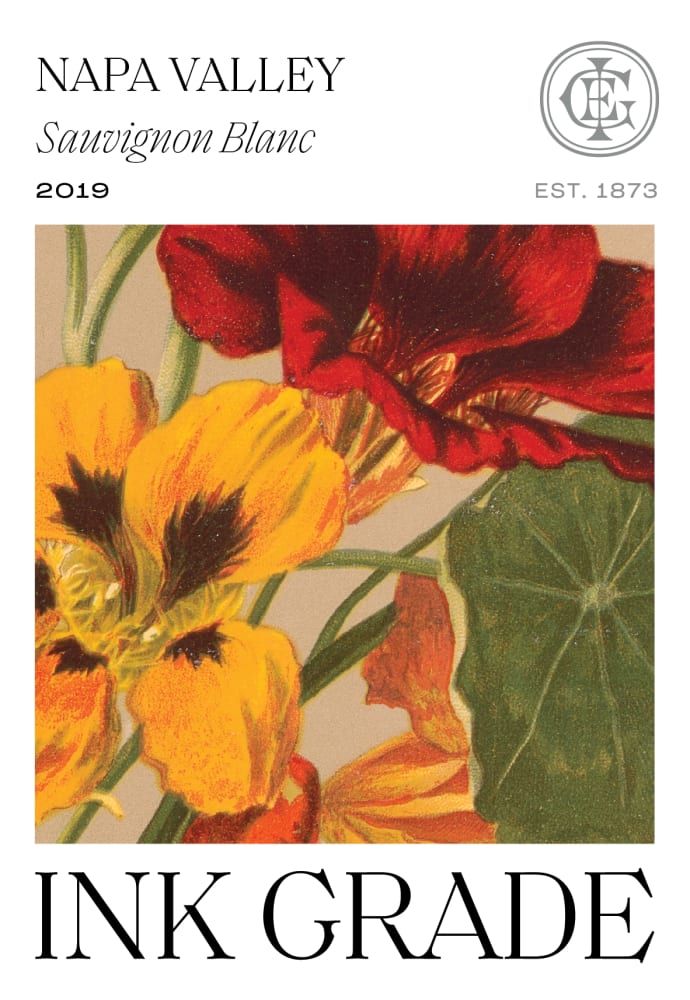Brut is a term used in the wine industry to describe a dry style of sparkling wine, particularly Champagne. It refers to the level of sweetness in the wine, with Brut indicating a wine that is very dry with minimal residual sugar. This term is important in the wine industry as it provides a way for consumers to easily understand the sweetness level of the wine they are purchasing.
The origins of Brut can be traced back to the early days of Champagne production in the 19th century. At the time, Champagne was often quite sweet, as the production process did not allow for the complete fermentation of the sugar in the grapes. However, as winemaking techniques improved, Champagne producers began experimenting with drier styles of wine, eventually leading to the development of Brut.
Today, Brut is the most common style of Champagne, accounting for the majority of Champagne production. It is defined by French law as a sparkling wine with a residual sugar content of less than 12 grams per liter. In addition to Champagne, Brut is also used to describe dry styles of sparkling wine from other regions, such as Prosecco and Cava.
There are several other terms related to Brut that are important to understand in the context of sparkling wine. Extra Brut, for example, refers to a wine that is even drier than Brut, with a residual sugar content of less than 6 grams per liter. On the other end of the spectrum, Brut Nature (also known as Brut Zero) refers to a wine that has no added sugar whatsoever, resulting in an extremely dry wine.
In addition to its use in the Champagne and sparkling wine industries, the term Brut has also become an important marketing tool for wine producers. Consumers often associate Brut with high-quality and sophisticated wines, making it a popular choice among producers looking to market their products to a discerning audience.
However, it is important to note that not all Brut wines are created equal. The level of sweetness in a Brut wine can vary depending on a number of factors, including the grape variety, the region in which it was produced, and the winemaker’s preferences. As a result, it is important for consumers to do their research and carefully read the label when selecting a Brut wine.
Overall, Brut is a term that has become synonymous with the world of sparkling wine and Champagne. It refers to a dry style of wine that is defined by its minimal residual sugar content. While its origins can be traced back to the early days of Champagne production, Brut has evolved over the years to become a widely recognized and important term in the wine industry. Whether you’re a seasoned wine connoisseur or just starting to explore the world of sparkling wine, understanding the meaning and importance of Brut is essential.
Wine is sunlight, held together by water.”- Galileo Galilei


